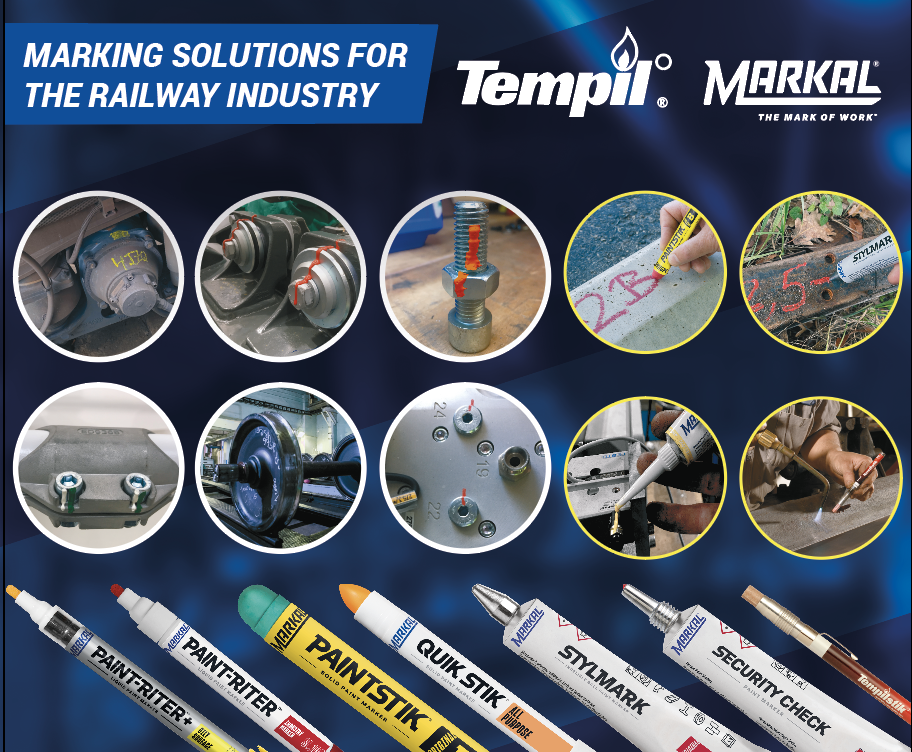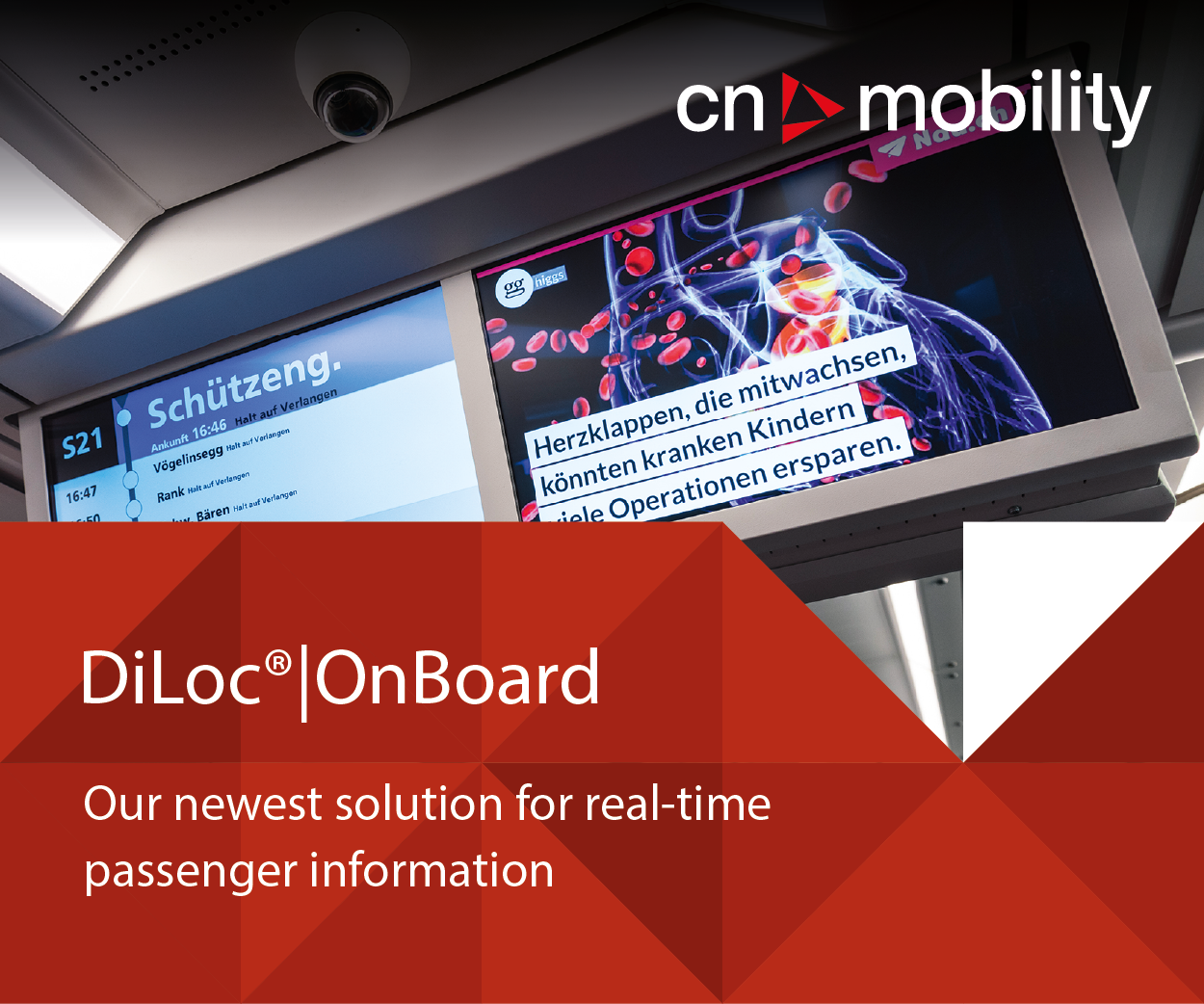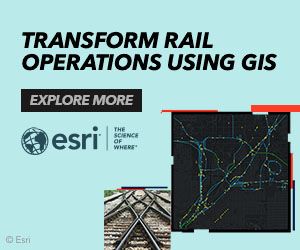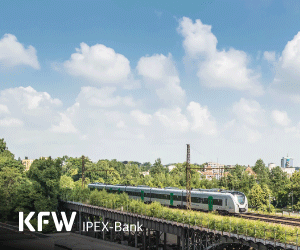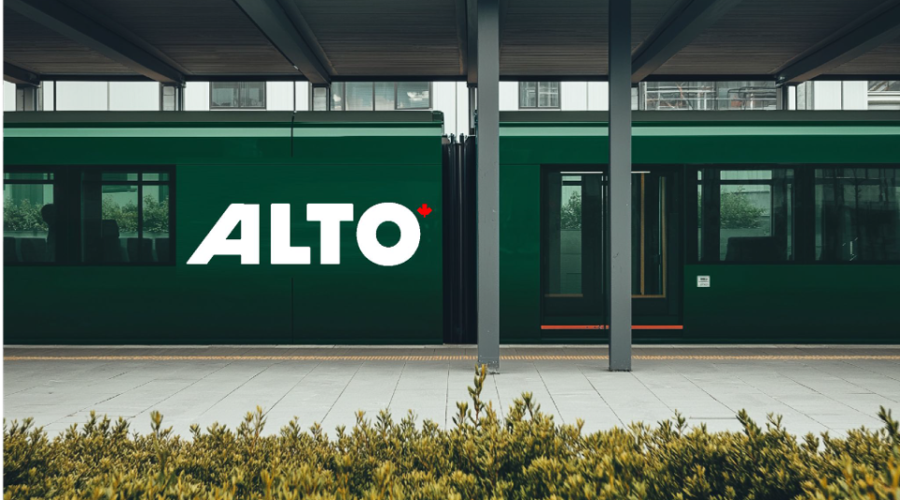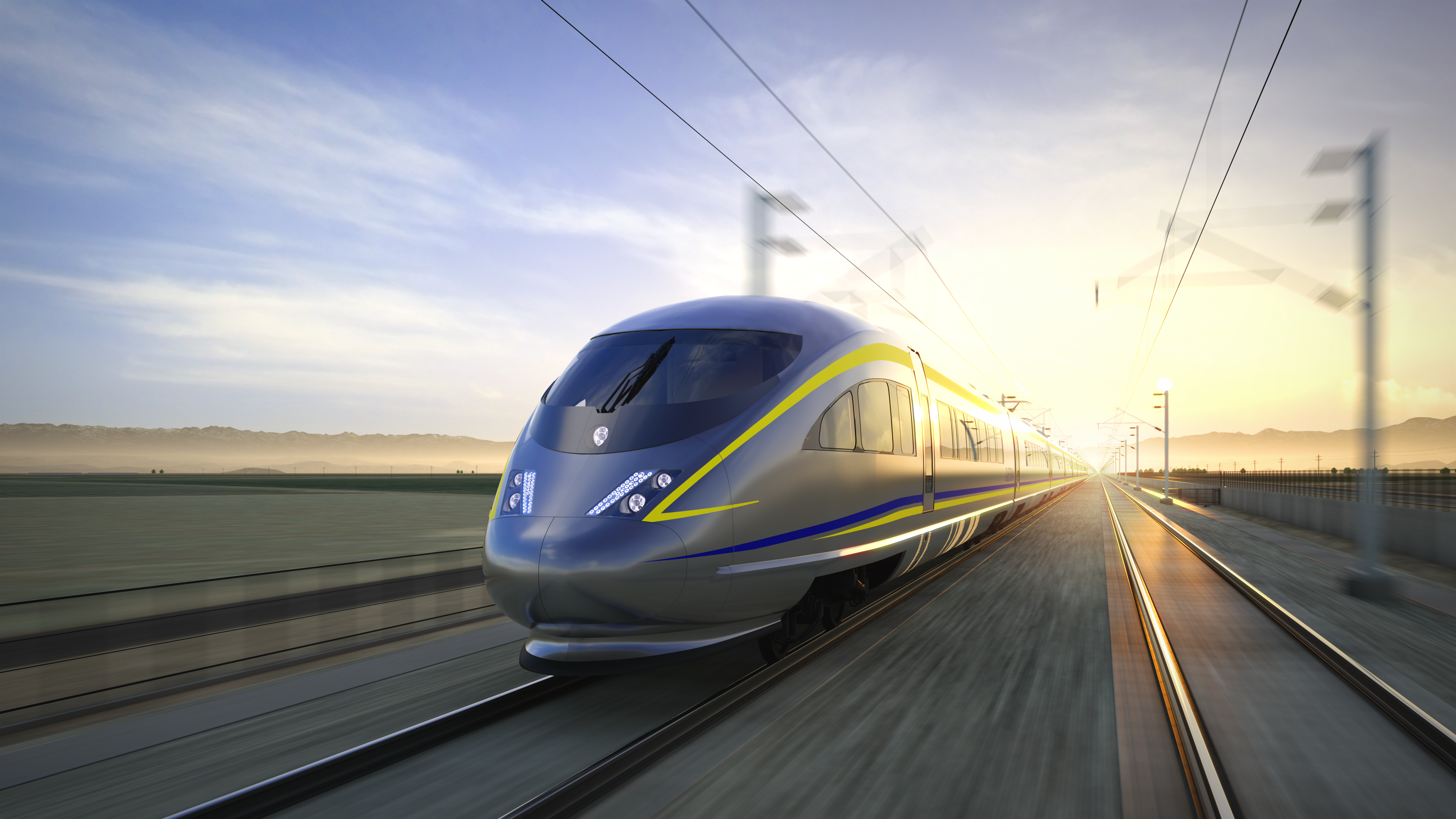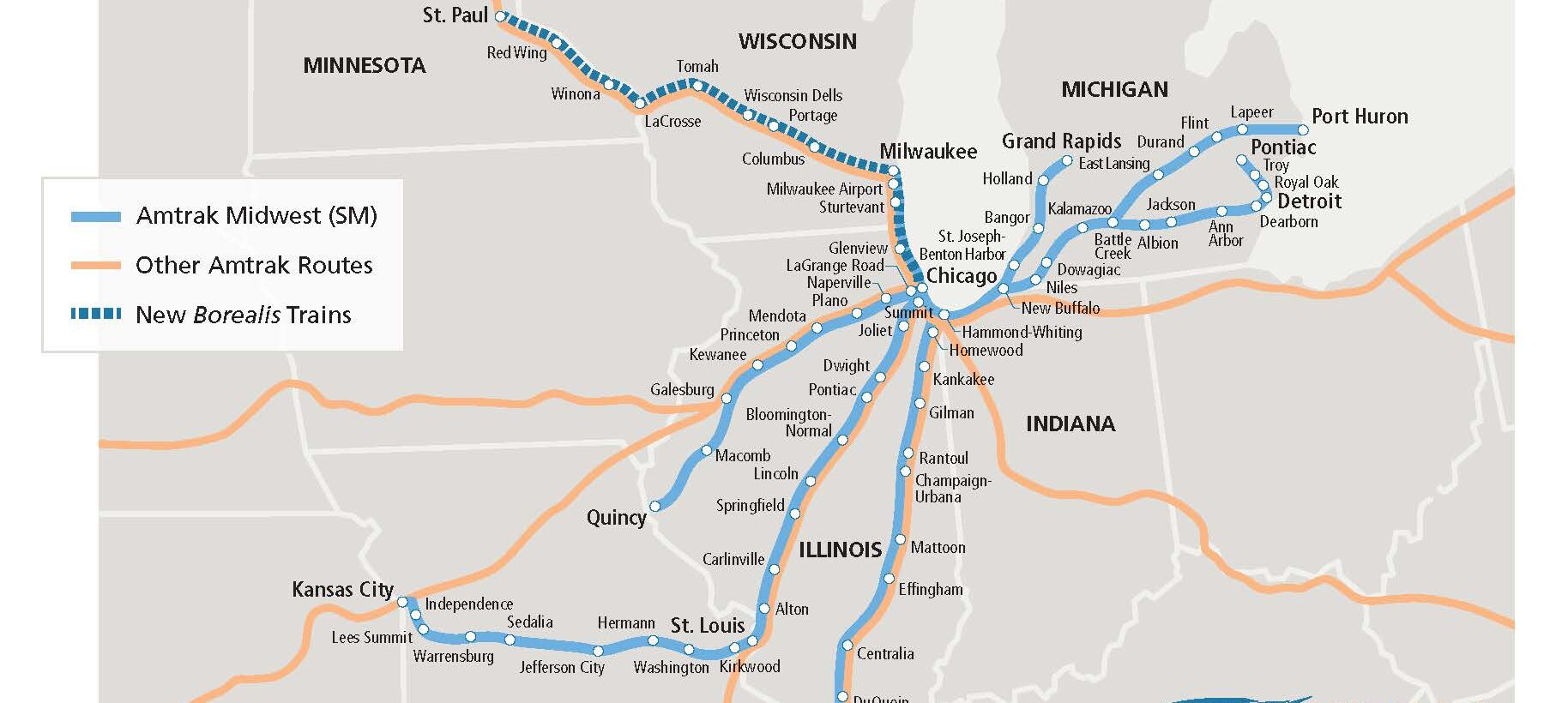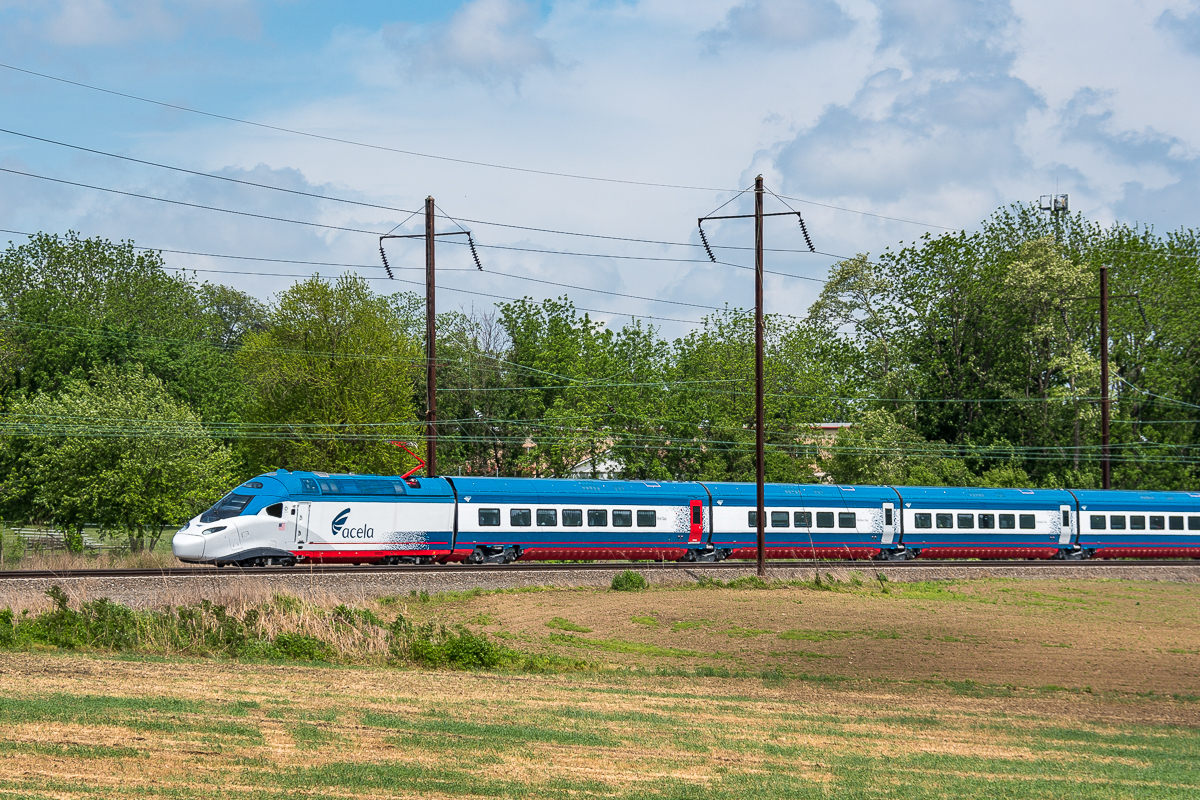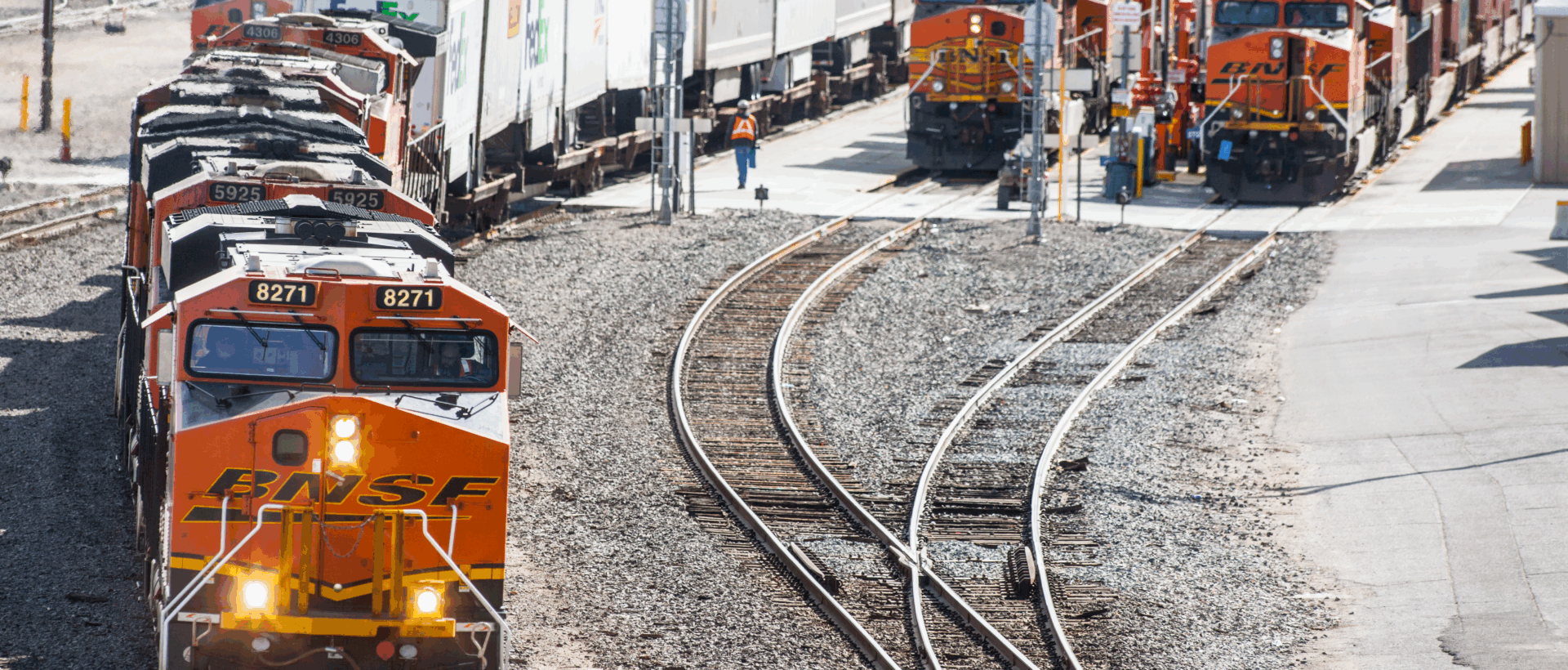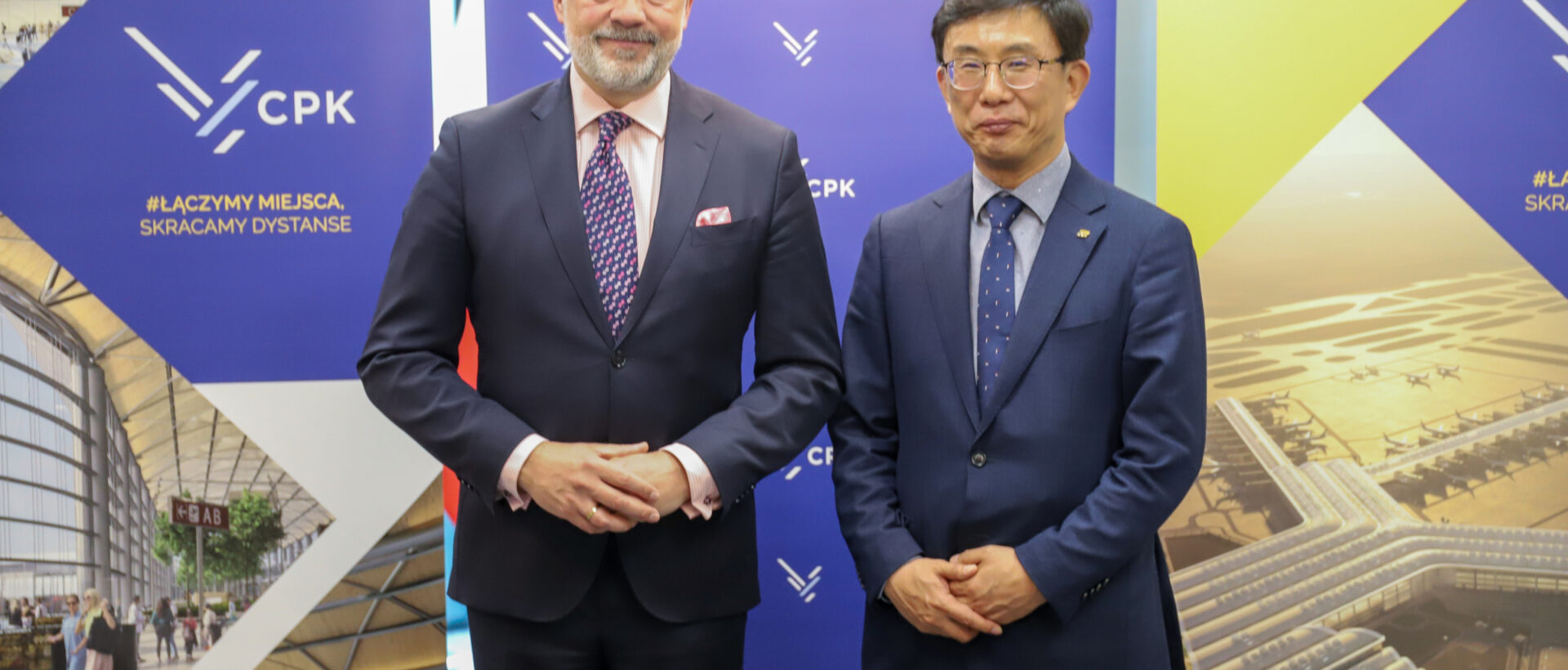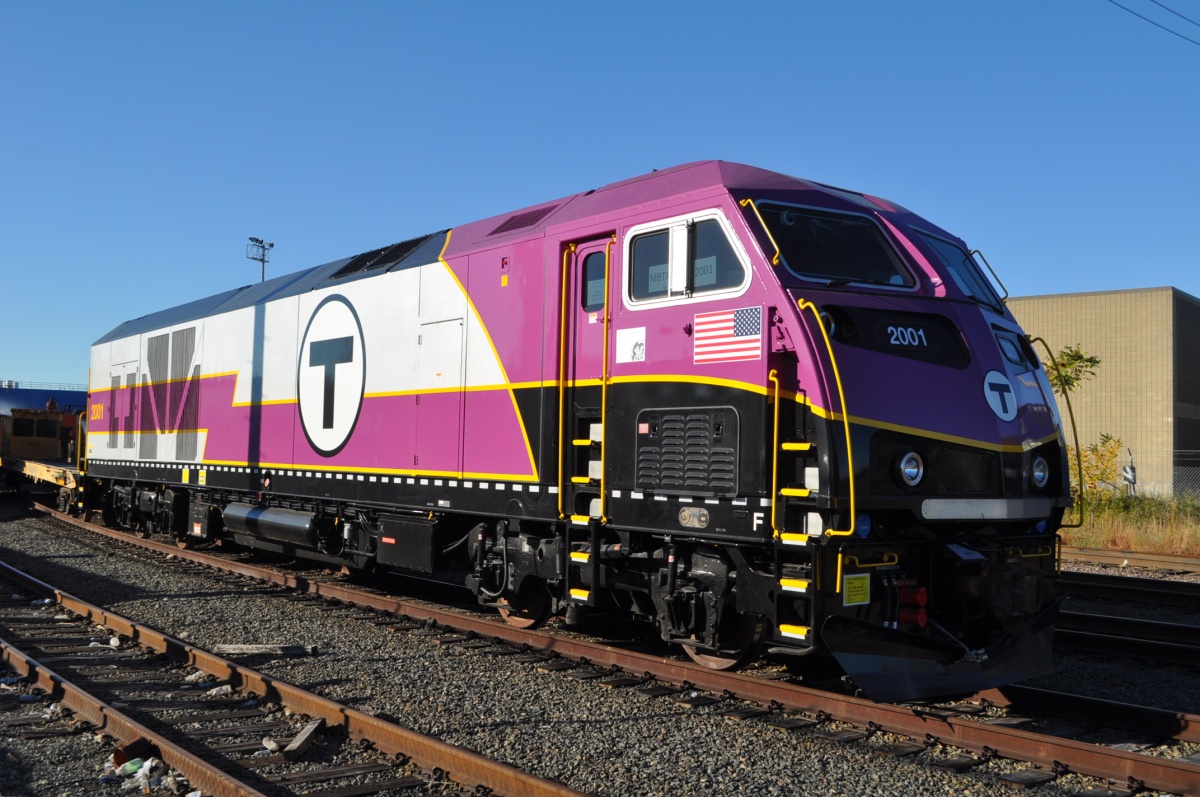Earlier this year, the US Department of Transportation (US DOT) withdrew a 63.9 million USD federal grant previously allocated to Amtrak for the Texas High-Speed Rail Corridor project, formerly known as Texas Central Railway.
This project, which aims to connect Dallas and Houston, was originally pitched as a privately funded venture by Lone Star High Speed Rail LLC. However, under the Biden Administration, the company was granted federal funding to assist with the investment.
Due to rising cost estimates, the Trump Administration has now withdrawn this federal support, citing the project’s increasing reliance on taxpayer funding. Transportation Secretary Sean P. Duffy stated that Amtrak supported the decision, noting that terminating the grant would allow the agency to prioritise improvements to existing services, with the freed-up funds redirected to other rail initiatives.
The ramifications of this decision were discussed in detail at Railway Interchange, held in Indianapolis 20-22 May 2025. During a panel discussion hosted by RSI, industry leaders considered the future of the Texas project, as well as the wider implications for rail investment across the US.
The Future of High-Speed Rail in Texas
While the withdrawal of funding typically signals a setback, Robert Pearsall, Partnership Director at the US High Speed Rail Association (USHSR), argued that the decision could benefit the project in the long run.
Pearsall noted that Amtrak has limited experience in high-speed rail, and the current administration is not supportive of Amtrak-led efforts in this space. Therefore, removing Amtrak’s involvement may ultimately pave the way for a successful private sector-led development.
Indeed, Amtrak’s exit may clear the path for private equity firms to take the lead—an approach already exemplified by the Brightline West project, which is largely funded by Fortress Investment Group. This model would better align with the administration’s preferences and could consequently set the project up for more long-term success.
In support of this argument, Pearsall emphasised the significance of For Worth-based Kleinheinz Capital Partners acquiring the remaining 440 million USD of Japanese investment in the Texas Central high-speed rail project. This buyout made Kleinheinz the primary owner of the proposed Dallas-to-Houston line, which plans to utilise Japanese Shinkansen technology.
Pearsall sees this as a significant turning point for the project, suggesting that Kleinheinz is now poised to inject billions in private equity into the project, pending state-level approvals.
Consequently, with Amtrak out and private capital ready to be deployed, the project may have a clearer path forward.
Meanwhile, Amtrak’s reasons for supporting the project remain, including high demand, good-sized population centres, limited stops, enclosed tracks, modern infrastructure, limited curves and simple topography. As a result, Pearsall asserted that Texas is well-positioned to succeed with a high-speed rail corridor, and suggested that a model driven by private equity could help provide a blueprint for the rest of the country.
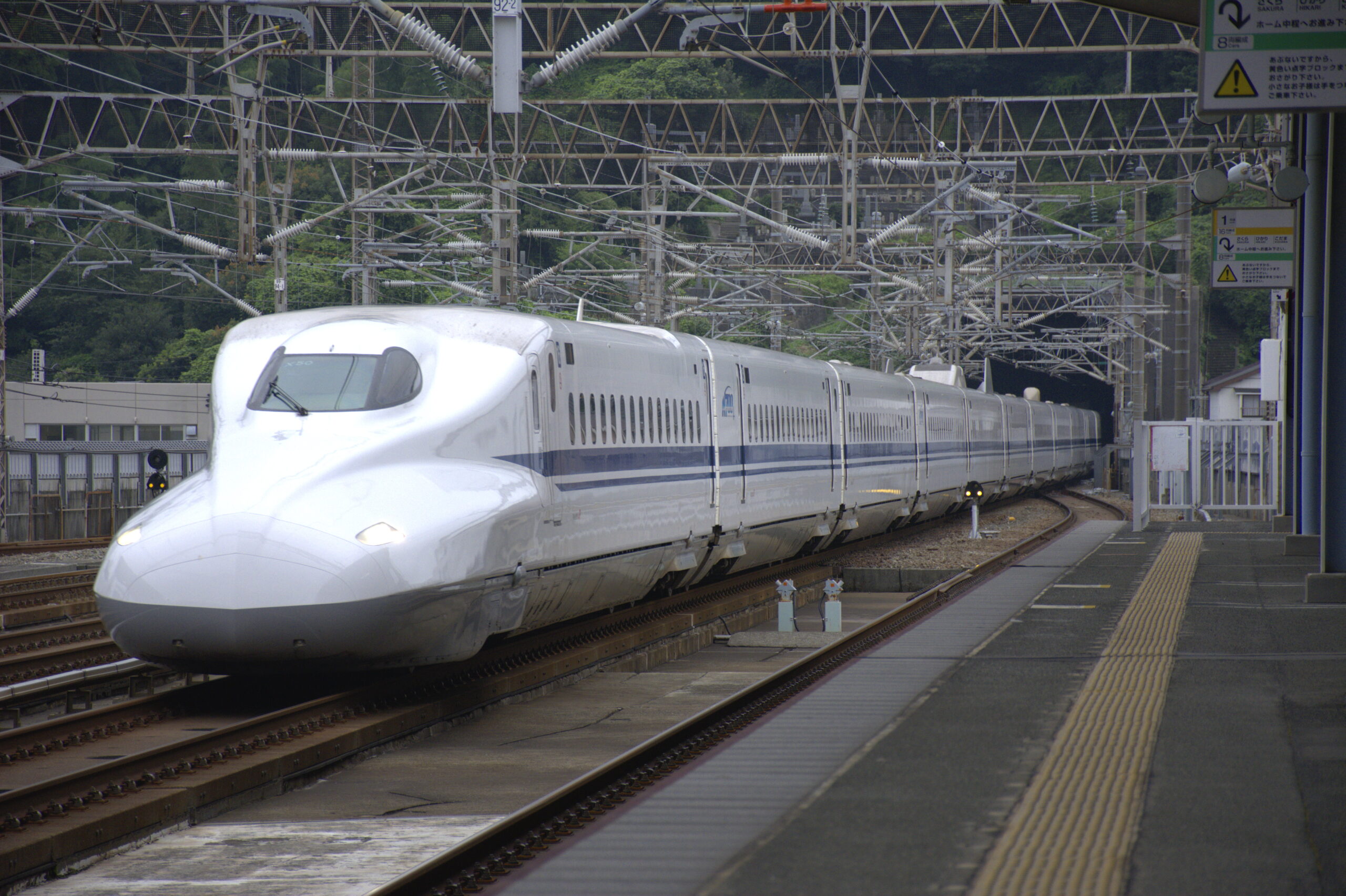
Shifts in Funding Policies
When considering the broader implications of the US DOT’s decision to terminate the grant, Husein Cumber, Senior Advisor at Brightline Holdings, emphasised that it sends a clear signal to the rail industry. Cumber argued that the current administration is setting an expectation that passenger rail projects must present a complete and credible financial plan before receiving federal support.
Husein Cumber stated:The signal that the administration is sending is: if you don't have a complete financial plan for your project, they're not going to incrementally fund it.
With an estimated 40 billion USD project cost and an 80 million USD federal grant request, Cumber highlighted a lack of clarity as to where the remaining 39.9 billion USD would be sourced from.
This resulting perspective arguably points to the administration’s growing impatience with partial funding strategies and speculative project planning. Rather than backing ambitious rail ventures with limited upfront clarity, Washington appears to be shifting towards a model that prioritises financial certainty and fully scoped investment frameworks.
The Impact on the Rail Industry
However, although US DOT’s decision may send a clear signal, Benji Schwartz, Director of Government Affairs and Advocacy at APTA noted that “nothing happens in a vacuum,” and the overall messaging coming out of Washington has been confusing to stakeholders. Schwartz pointed to examples such as post-award changes to grant agreements and blanket funding freezes that were implemented in the early days of the administration.
As a result, Schwartz cautioned that even if the withdrawal of funding from the Texas high-speed rail project ultimately proves beneficial, it risks sending a destabilising message. This atmosphere of unpredictability, he argued, is particularly harmful to large-scale infrastructure projects that rely on long-term planning and investment certainty. Delays, rising costs, and weakened stakeholder confidence could consequently follow.
In turn, this uncertainty may deter private investment—the very model the administration appears to favour. Indeed, Greg Regan, President at the Transportation Trades Department (TTD), AFL-CIO, noted that private investments are spurred by stable federal investments that encourage buy-ins. Without that foundation, industry confidence may falter.
The Outlook for US High-Speed Rail
Despite this caution, Regan acknowledged that uncertainty will likely reduce once Brightline West demonstrates what is possible and launches its first high-speed services. Currently, the US does not have a proof of concept for true high-speed rail, which arguably remains a critical barrier to both public and private sector confidence.
Regan argued:We need to get the first trains running to show people what is possible. Once you show people what is possible, then that 40 billion dollars becomes a whole lot more achievable because there's less risk.
Regan further emphasised this point, stressing that a proof of concept could address one of the industry’s biggest financial obstacles: the cost of debt.
He cited the example of Brightline Florida, which initially issued debt at steep costs due to the perceived risk of being a first mover. Only after the line entered operation and reduced construction risk did it become possible to refinance at more favourable rates. This suggests that once a project proves itself, borrowing becomes cheaper, making large-scale capital stacks feasible.
Consequently, focus is now likely to remain fixed on Brightline West, which is set to deliver the country’s first operational high-speed rail service. Industry stakeholders hope it will serve as the proof of concept needed to unlock future investment, but until then, uncertainty around federal commitments may continue to complicate long-term planning, presenting a roadblock for the future of high-speed rail in Texas.
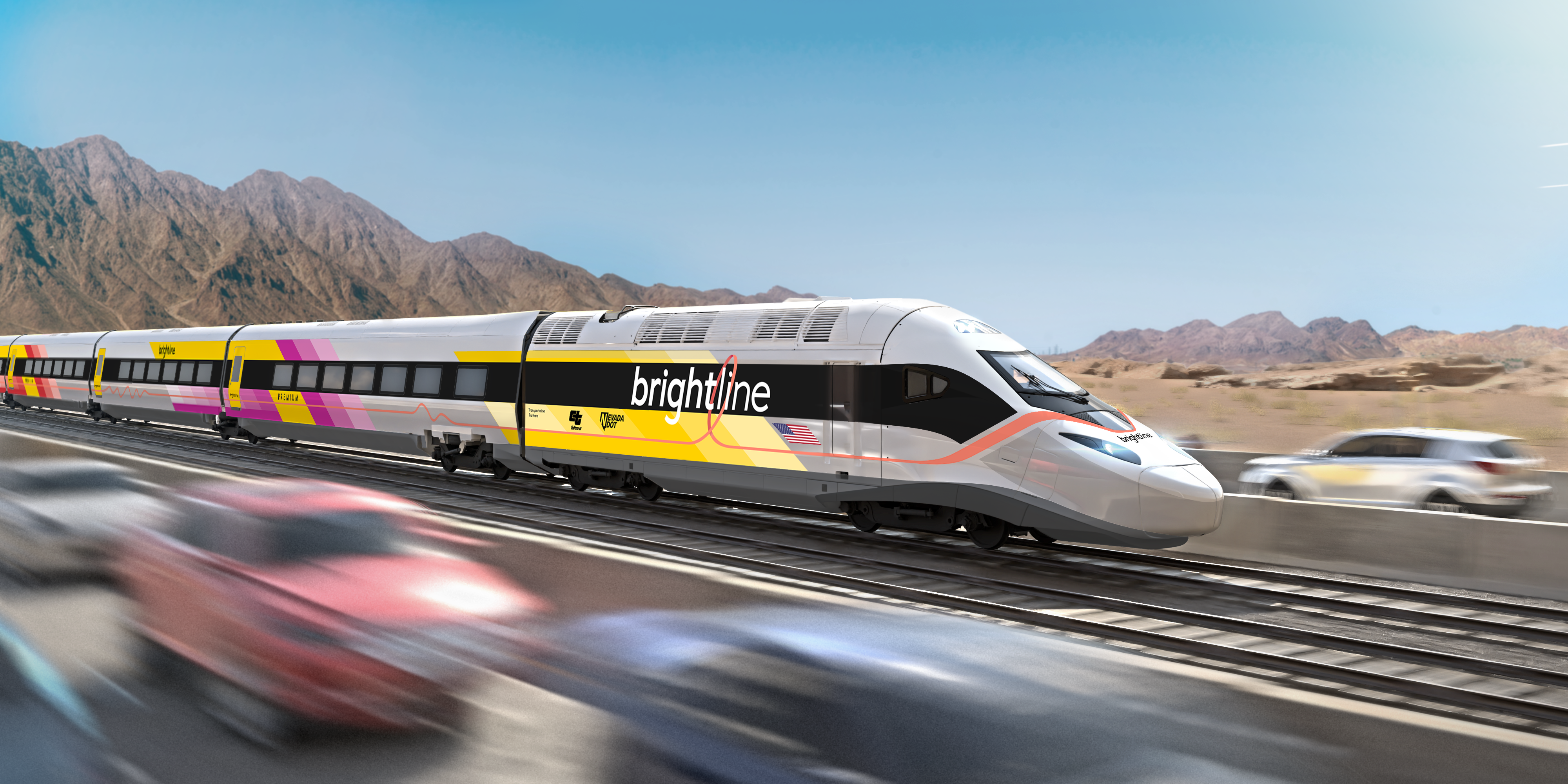
For additional insights for Railway Interchange, read: Can US Rail Survive Trump’s Second Term?



